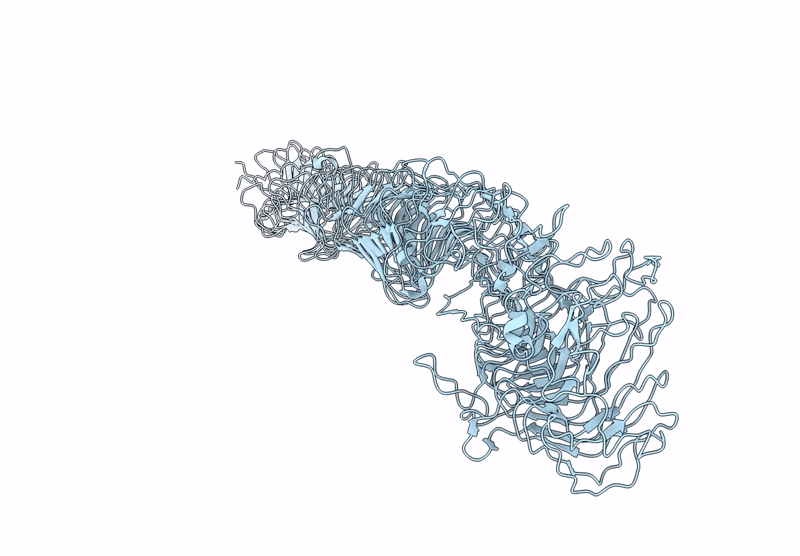
Deposition Date
2025-03-07
Release Date
2025-07-30
Last Version Date
2025-09-10
Entry Detail
PDB ID:
9QE7
Keywords:
Title:
Membrane-distal part of extracellular domain of the Fap2 autotransporter adhesin from Fusobacterium nucleatum ATCC23726
Biological Source:
Source Organism:
Fusobacterium nucleatum (Taxon ID: 851)
Host Organism:
Method Details:
Experimental Method:
Resolution:
4.40 Å
Aggregation State:
PARTICLE
Reconstruction Method:
SINGLE PARTICLE


